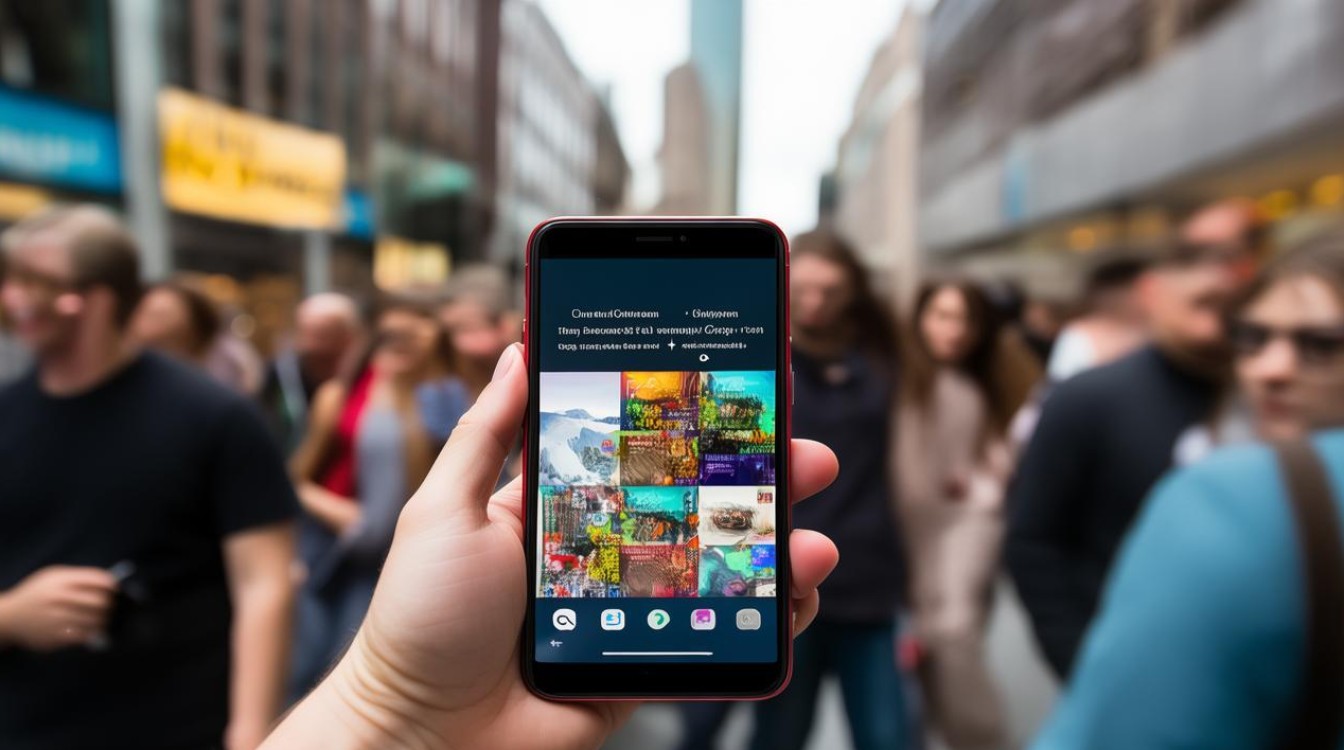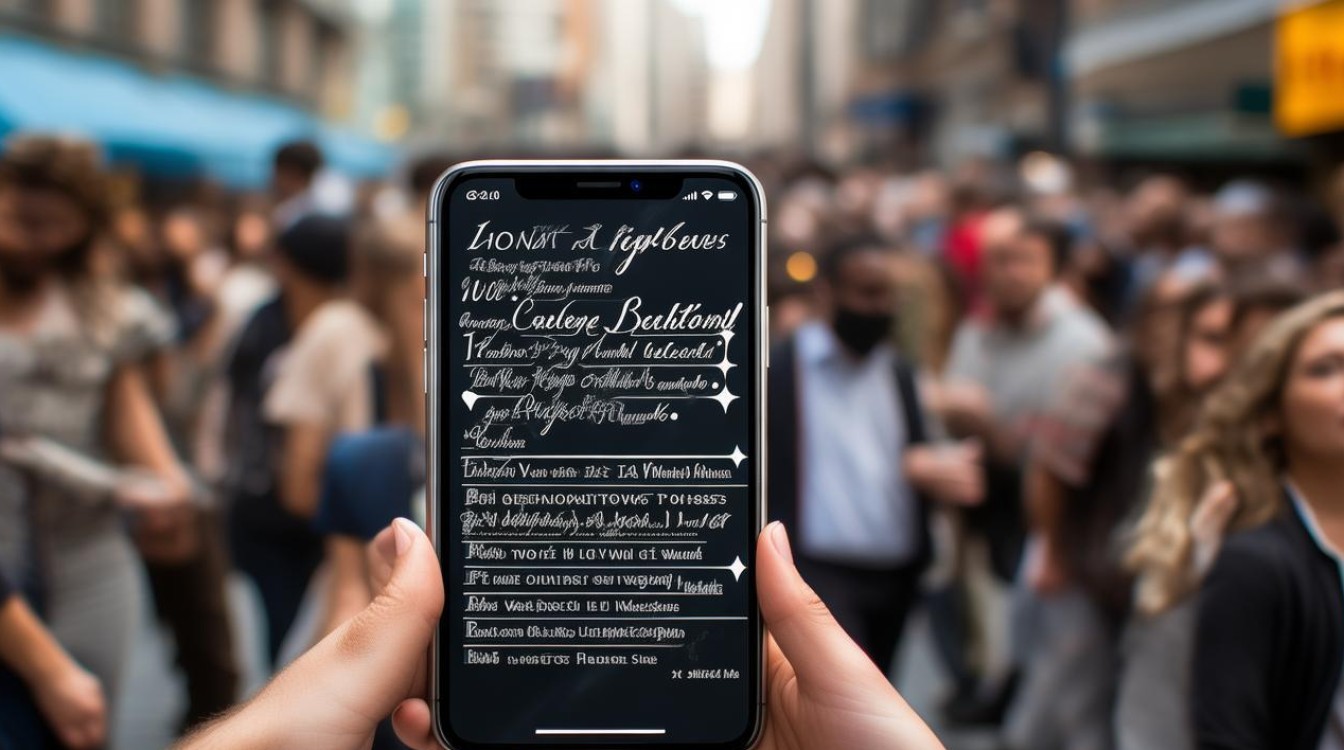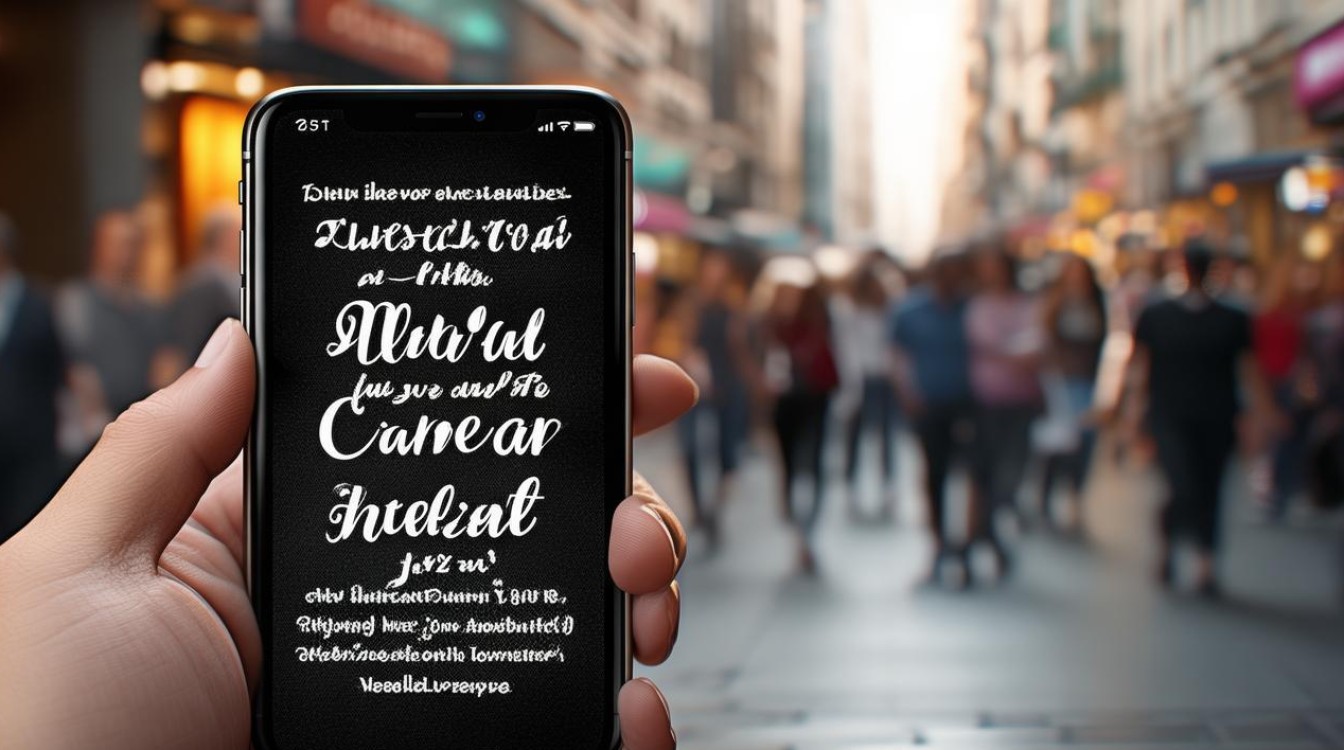In today's fast-paced digital world, mobile communication has become an essential part of daily life. Whether texting, calling, or using messaging apps, knowing how to communicate effectively in English on a mobile device is a valuable skill. This article explores practical tips, common phrases, and cultural nuances to help you master English mobile communication.

Why Mobile Communication Matters
Smartphones have revolutionized how people connect. From business emails to casual chats, mobile devices bridge gaps across continents. English, as a global language, often serves as the common medium. Whether you're a student, professional, or traveler, improving your mobile English skills can enhance clarity and avoid misunderstandings.
Common Mobile Communication Scenarios
Texting and Instant Messaging
Texting is quick and informal, but certain rules apply:
- Keep it concise – "Can we meet at 3 PM?" instead of lengthy paragraphs.
- Use abbreviations wisely – "BRB" (be right back), "FYI" (for your information), or "LOL" (laugh out loud) are common, but avoid overusing them in formal contexts.
- Emojis and GIFs – These add tone but should match the conversation. A smiley 😊 softens requests, while excessive emojis may seem unprofessional.
Example Texts:

- Casual: "Hey! Are we still on for lunch tomorrow?"
- Formal: "Dear Mr. Smith, I’d like to confirm our meeting at 2 PM. Best regards, Jane."
Phone Calls
Voice calls require clarity since visual cues are absent.
- Greetings – Start with a polite "Hello, this is [Name]."
- Speak slowly – Enunciate words to avoid confusion.
- Confirm understanding – "Could you repeat that, please?" or "Let me clarify…"
Sample Call Dialogue:
Caller: "Hi, this is Alex from Tech Solutions. May I speak with Sarah?"
Receiver: "Hello Alex, this is Sarah. How can I help you?"
Email on Mobile
Mobile emails should be brief yet professional.

- Subject line – Be specific: "Meeting Reschedule: October 10"
- Opening – Use "Dear [Name]," for formal emails; "Hi [Name]," for semi-formal.
- Closing – "Best regards," or "Sincerely," followed by your name.
Example Email:
Subject: Project Update – Q3 Results
Body:
"Hi Team,
Attached are the Q3 performance reports. Let’s discuss in tomorrow’s meeting.
Best,
Mark"
Cultural Nuances in Mobile English
Different cultures have varying communication styles:
- Directness – Americans often prefer straightforward messages, while British English may use more polite phrasing ("Could you possibly…?").
- Response time – In business, replying within 24 hours is courteous. Among friends, delays are more acceptable.
- Humor and sarcasm – These can easily be misinterpreted in text. Use sparingly unless you know the recipient well.
Avoiding Miscommunication
Mobile communication lacks tone, leading to potential misunderstandings.

- Punctuation matters – A period can seem stern ("Fine." vs. "Fine!").
- Clarify when unsure – If a message is unclear, ask: "Did you mean…?"
- Proofread – Autocorrect errors can change meanings ("Meeting at the park" vs. "Eating at the park").
Improving Your Mobile English Skills
- Practice with native speakers – Language exchange apps like Tandem or HelloTalk help refine real-time conversation.
- Read English content – News apps, blogs, and social media expose you to modern phrasing.
- Watch tutorials – YouTube channels like BBC Learning English offer mobile communication tips.
Final Thoughts
Mastering mobile communication in English isn’t just about vocabulary—it’s about adapting to context, culture, and technology. Whether texting a friend or emailing a colleague, clarity and courtesy go a long way. As mobile interactions continue to evolve, staying mindful of these principles will ensure your messages are always well-received.
By refining these skills, you’ll navigate the digital world with confidence, making every tap and swipe count.


